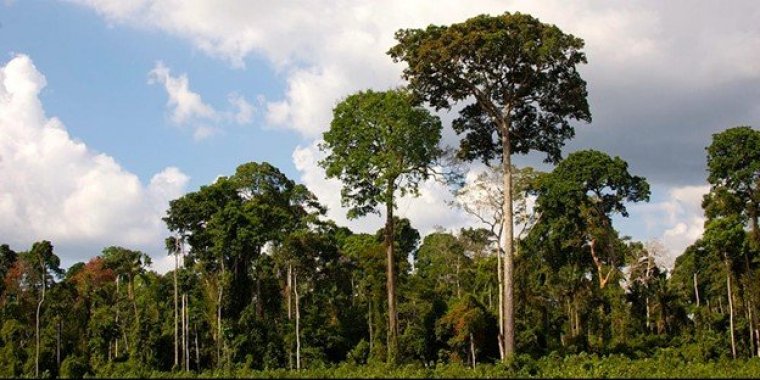| News / Science News |
Climate patterns linked in Amazon, North and South America
Researchers at the University of Arkansas have established a link between climate patterns in the Amazon and large parts of North and South America using a newly developed tree-ring chronology from the Amazon River basin.

The Amazon rainforest near Rio Xingu in western Brazil. Photo: University of Arkansas
The discovery helps scientists better understand large-scale climate extremes and the impact of the El Niño phenomenon.
Tree growth is a well-established climate proxy. By comparing growth rings in Cedrela odorata trees found in the Rio Paru watershed of the eastern Amazon River with hundreds of similar chronologies in North and South America, scientists have shown an inverse relationship in tree growth, and therefore precipitation patterns, between the areas.
"The new Cedrela chronologies from the Amazon, when compared with the hundreds of tree-ring chronologies in temperate North and South America, document this Pan American resonance of climate and ecosystem extremes in the centuries before widespread deforestation or human-caused climate change," said Dave Stahle, a geoscientist and first author of a study.
The connection was not documented until researchers at the University of Arkansas Tree Ring Laboratory, along with colleagues from Brazil and Argentina, developed rainfall reconstructions from growth rings in Cedrela trees.
Most rainfall records in the Amazon date back only about 70 years, but Cedrelas live for 200 to 300 years, providing valuable rainfall proxies that pre-date human-influenced climate change. Their work in the Amazon is documented in a short video, and on a dedicated web site. (National Science Foundation)
YOU MAY ALSO LIKE





